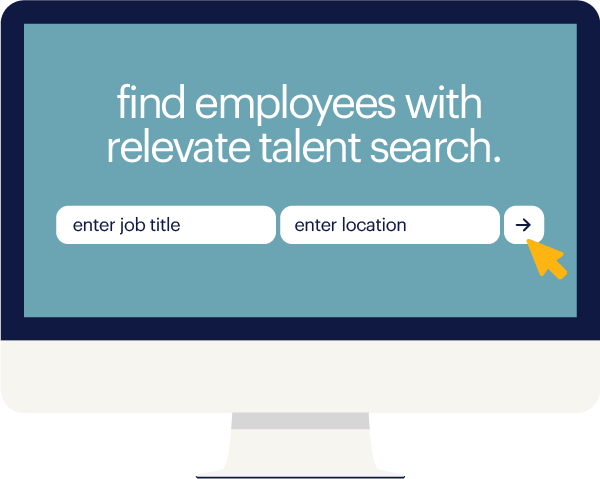One day the office is open, the next day it’s closing again. The vaccinated don’t need masks — then they do. Hybrid work is king — until the office must close. Confucius, who said change is constant, pegged today’s work world right. The speed and magnitude of change have driven organizations to shift into hyperdrive regarding technology adoption. This is reflected in the job market for a wide variety of STEM fields:
- Remote work is fueling aggressive migration to the cloud (cloud infrastructure spending will total $113 billion by 2025, according to IDC).
- Ransomware attacks highlight the urgent need for cybersecurity skills.
- IoT offers new sources of revenue and competitive differentiation.
- Engineers experienced in automation and robotics, data analytics, renewable energy, and bioengineering are in high demand across industries.
- Demand for medical laboratory technologists and technicians will increase by seven percent nationally between 2019 and 2029 — more than double the average increase in demand among all occupations (BLS 2020).
The intense battle for STEM talent raging before the pandemic has gotten worse, and retaining good workers requires a serious commitment. What are the new realities, and how can organizations find and keep the talent they need to prosper?
reality 1:

the pre-pandemic world of work no longer exists — and it’s not coming back
what you need to do: realign expectations and actions to the new reality
- Accept change and respond quickly. Flexibility and agility have never been more important. Sailors can’t know when the wind is going to shift — but they can be ready when it does and react quickly.
- Communicate with your employees and effectively manage them or they’ll move on — 3.6 million workers resigned this past May!
- Highlight and value your employees’ humanity and individuality. Listen more.
- Give people choices. Force-fitting employees into standardized perks or benefits or rules will alienate a sizable portion of your job candidate pool. Try to accommodate their preferences, and you’ll have a better chance of finding and keeping good workers.
reality 2:

good candidates get multiple offers and go fast.
- If you take months to hire, you’ll lose some good people. Certain roles require more time to assess and vet candidates, but in this job market, you’ve got to find ways to shorten your time-to-hire. The following graphic depicts the “typical” hiring process:

- After day 10, the amount of top talent has already diminished. What are the chances that someone with a high-demand skill is still going to be job hunting after 30 days? Not great.
- Randstad has proven that it’s possible to dramatically compress time-to-hire. Check out the diagram below:

reality 3:

to attract and retain good talent, untie yourself from geography — and outdated salary guidelines
what you need to do: pay competitive salaries. remote work is the future, so bake this into your planning
A healthy percentage of tech workers — across age groups — is demanding flexible working arrangements. Bringing most of your tech workforce back onsite full-time will limit your candidate pool.
Recent Randstad surveys found that even though four out of five workers want to return to their workplace at least part of the time, two thirds of STEM respondents prefer a fully remote job over a fully onsite one. More than four out of five STEM workers are interested in a flexible working schedule.
Accept that a segment of candidates is unwilling to go back to an office full-time — and they’ve got more job options than ever.
- Employers can now hire more diverse and geographically distant talent, including women who exited the workforce because of competing priorities and highly sought-after tech specialists who prefer remote work.
- Organizations located in smaller cities can now compete for the best talent, as many highly skilled workers have left the larger, costlier cities for quality-of-life locations and now don’t have to commute.
- Organizations relying on outdated salary surveys or wed to established salary bands shouldn’t be surprised when candidates reject their offers. Workers are waiting for the “right” job — the onus is on you to create that “right” job.
- Employers that can’t afford the new salary levels must look for ways to increase total compensation and benefits such as performance bonuses, time off, childcare stipends, mental health and wellness assistance, etc.
reality 4:

meeting salary expectations is just the beginning
what you need to do: engage your workers to keep them
A recent Gallup analysis shed light on how people now think about their work lives. Nearly half the U.S. working population, across all professions and industries, is actively or passively looking for new job opportunities. Gallup’s findings are a wake-up call:
- Employees with the highest quit rates are not engaged or are actively disengaged — a description that includes most employees (Gallup found an employee engagement rate of between 20 to 34 percent in the U.S./Canada).
- The lost productivity from these not engaged/disengaged employees is 18 percent of their yearly salary. Replacing them costs the organization between $25,000 and $100,000. If their replacement soon becomes disengaged, the cycle just repeats itself.
- The local managers must build people management skills to foster an employee experience that gets the best from people and entices them to stay.
Employees who think their pay/incentives are fair and are motivated by individual achievement are more likely to be satisfied with their pay and more engaged. Only around one out of five employees now fits this profile.
reality 5:

nearly 70 percent of U.S. employers experienced talent shortages before the pandemic — if anything, it’s gotten worse
what you need to do: develop talent out of the workers you can find — or already have
- Create learning and development programs that leverage the right strategic partners and build incentives. You can get more insight into the need for upskilling/reskilling here and our talent development program here.
- Don’t overlook using international talent. There is still a range of visa options offering access to people with hard-to-find tech skills. Lack experience in this? Use Randstad, an experienced partner.
- Don’t wait for a candidate that “checks all the boxes.” Understand which skills are required and if they’re transferable to the job opening regardless of the candidate’s experience level. Learn more about your junior employees’ skills, interests and aptitudes
There is no going back to the pre-pandemic world of work. The organizations that accept the new realities about the workforce and workplace will embrace the flexibility required to succeed. They will be the ones positioned to find, hire and retain the skilled talent they need even in the face of continuing change.








